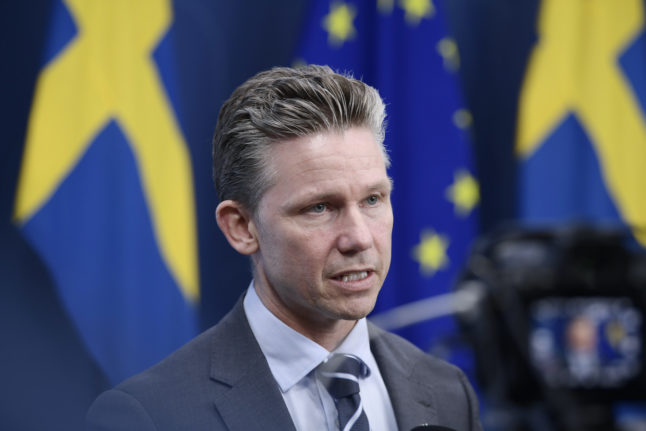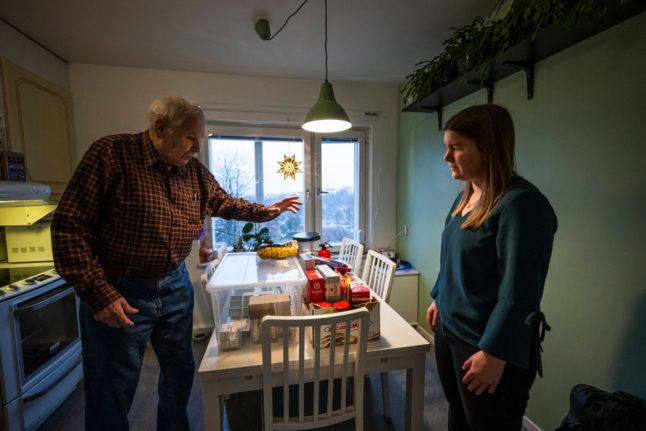A large portion of the military aid consists of ammunition and spare parts for weapons systems Sweden has already provided to Ukraine.
“We are prepared for a long war and therefore must provide sustainable support for the long term,” said Swedish defence minister Pål Jonson.
Sweden will also supply satellite communication equipment and will train Ukrainian soldiers.
This is the 14th military aid package Stockholm has provided to Ukraine, with a total value of around 1.9 billion euros, according to the Swedish ministry of defence.
The Swedish government has asked its military to prepare a report by November 6th on sending the Swedish-made Gripen aircraft to Ukraine.
Ukrainian pilots have already completed initial training in anticipation of the arrival of the aircraft.
The Swedish government said that it would have to be a Nato member before it could give Kyiv the Gripens.
Sweden’s membership is subject to ratification by the Turkish and Hungarian parliaments, which have been delaying its formal entry.
“We believe we need to be included in alliance defence plans and covered by Nato defence guarantees” to send the aircraft to Ukraine, Jonson added.



 Please whitelist us to continue reading.
Please whitelist us to continue reading.
Member comments